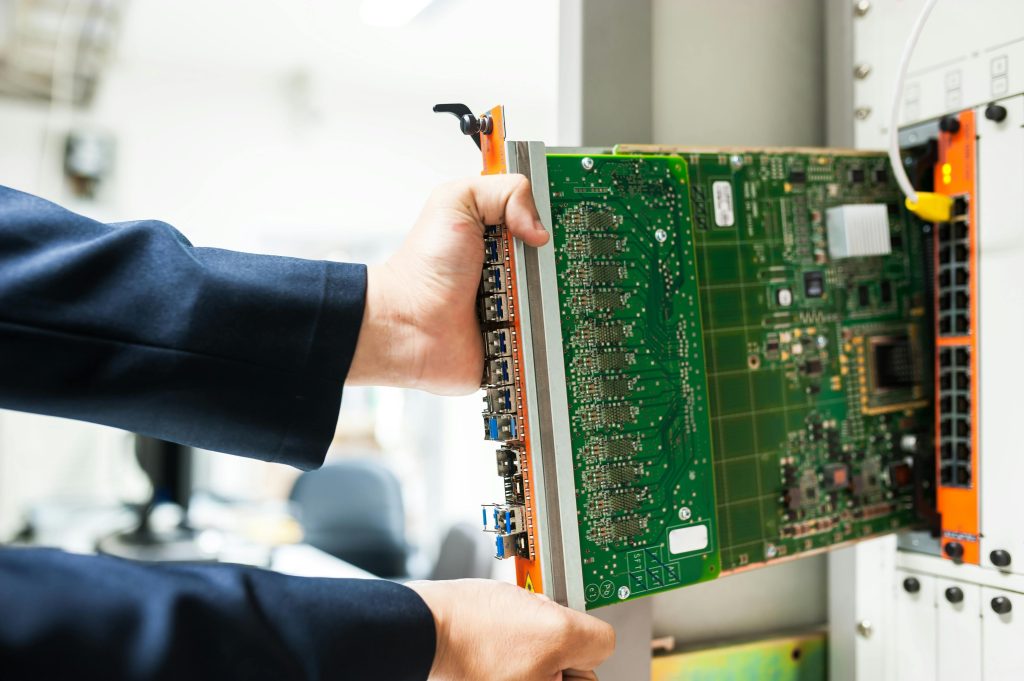Troubleshooting Sleep and Wake Behavior on HP EliteBook G10: Navigating Modern Standby Challenges
Introduction
The HP EliteBook G10 is a powerful and reliable device favored by professionals in many organizations. However, users and IT administrators have reported persistent issues related to sleep modes and remote access capabilities. Specifically, the interplay between sleep functionality and Modern Standby—Microsoft’s latest power management technology—can complicate remote management and device responsiveness.
Understanding the Issue
Many users have encountered a situation where their HP G10 laptops fail to wake properly from sleep. When the device enters sleep mode, the keyboard backlight remains active, but the display remains dark, rendering the device unresponsive to user input. The usual remedy involves performing a force shutdown by holding the power button, then restarting the device. Alternatively, the laptop may automatically detect hardware issues and initiate a restart after several minutes.
Efforts to resolve this problem through BIOS updates, graphics driver updates, power configuration adjustments, and even support interactions have often been unsuccessful. Eventually, enabling Modern Standby has been observed to alleviate the wake-from-sleep problem. However, this solution introduces a new complication: the inability to remotely wake the device using Remote Desktop Protocol (RDP) or remote management tools like Dameware.
Modern Standby Explained
Modern Standby is a power management feature designed to provide near-instant-on responsiveness similar to that of smartphones. It allows devices to remain connected to networks, receive notifications, and maintain active background tasks even while in a low-power sleep state. While this is advantageous for user experience, it also changes how the system behaves during sleep.
The core challenge: with Modern Standby enabled, the device enters a low-power state that is not actively “off,” but the system’s network interfaces are often configured to remain inactive for security and power saving reasons. Consequently, remote access tools may interpret the device as being offline, preventing remote wake-up or remote connection during sleep.
Current Dilemma
Administrators are faced with a trade-off:
-
Keep Modern Standby enabled to resolve wake-from-sleep issues, at the cost of losing remote wake capabilities.
-
Disable Modern Standby to retain remote wake functionality, but encounter the original sleep-wake failures.
In many cases, the preference is to maintain Modern Standby due to its user experience benefits, especially in a business environment where quick device responsiveness is valued.
Potential Solutions and Workarounds
While the root issue is rooted in how Modern Standby manages network interfaces
Share this content:



